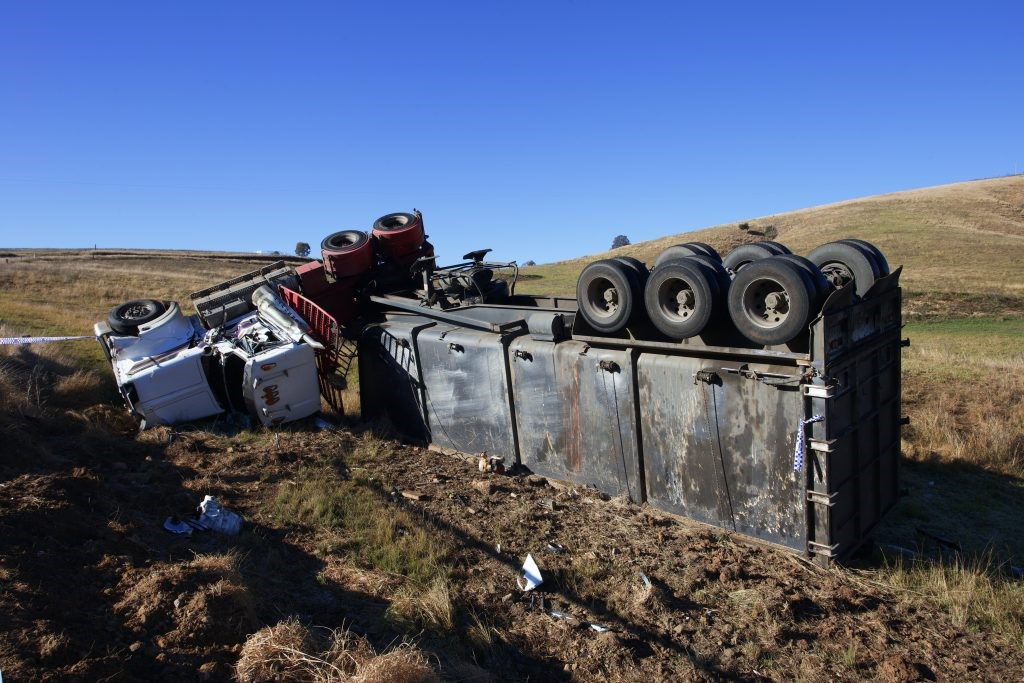Navigating the Potential Use of Visual Data To Support a Claim
This article may contain affiliate links.
A truck barrels through an intersection and, in the blink of an eye, a collision unfolds. But what really happened? Eyewitness accounts may be conflicting, and physical evidence can only reveal so much. In cases like these, traffic camera footage could be the key to uncovering the truth. The question is—can it be used as admissible evidence in a truck accident claim?
Vancouver, Washington, sees its fair share of truck accidents due to its busy highways and heavy truck traffic.
When a truck accident happens in Vancouver, proving fault can be challenging, making reliable evidence—such as traffic camera footage—a crucial asset. But is it enough to sway a court of law? Read on as a Vancouver truck accident lawyer explains the role of traffic footage in truck accident claims and whether it can make or break a case.

The Role of Traffic Camera Footage in Truck Accident Claims
Traffic cameras are strategically placed at intersections and highways throughout Vancouver, capturing footage of daily road activity, including truck accidents. In a collision investigation, this footage can provide unbiased, real-time evidence of the events leading up to the crash. Unlike eyewitness testimony, which can be influenced by perception or memory lapses, video recordings offer a clear, objective view of speed, signal compliance, lane positioning and driver behavior.
However, the admissibility of such footage in a legal claim depends on several factors, including authenticity, chain of custody and relevance to the case. Courts typically require proof that the footage has not been tampered with and that it accurately reflects the incident without alterations.
Can Traffic Camera Footage Alone Prove Fault?
While traffic footage is valuable, it rarely serves as standalone proof of liability. Instead, it is often combined with other forms of evidence, such as police reports, black box data and accident reconstruction analysis. A video may show a truck running a red light or veering into another lane, but it might not capture other critical details, such as road conditions, mechanical failures or whether the truck driver was fatigued or distracted.
If traffic footage reveals a violation of these regulations, it can serve as compelling evidence of negligence. For instance, if a truck driver is recorded exceeding speed limits or failing to stop at a red light, this could indicate liability.

Challenges in Using Traffic Footage as Evidence
Despite its advantages, obtaining and using traffic camera footage in a truck accident case is not always straightforward. Several challenges may arise, including:
- Availability and Retention Periods: Traffic camera footage is not stored indefinitely. Depending on the agency managing the cameras, recordings may only be retained for a few days or weeks before being overwritten. Acting quickly to request the footage is crucial.
- Access Restrictions: Some traffic cameras are operated by government agencies, while private entities manage others. Legal procedures may be necessary to obtain the recordings.
- Quality and Coverage: Not all cameras provide high-quality footage, and blind spots may prevent a full view of the crash. If the accident occurs outside a camera’s field of vision, the footage may be inconclusive.
- Subjectivity: While traffic cameras can capture objective evidence, the interpretation of the footage is still subject to bias. A skilled lawyer will know how to present the footage in a way that supports their client’s case.
Bringing It All Together
Traffic camera footage can be a powerful tool in truck accident claims, but it is not a guaranteed solution. Its effectiveness depends on how well it aligns with other evidence and whether it meets legal requirements for admissibility. Given the complexities involved, accident victims should seek legal guidance to ensure all available evidence is properly secured and presented in their case. If you or a loved one has been involved in a truck accident, contact a personal injury lawyer experienced in handling truck accident claims. They can help evaluate your case and determine the role that traffic camera footage could play in securing fair compensation for your injuries and losses.
